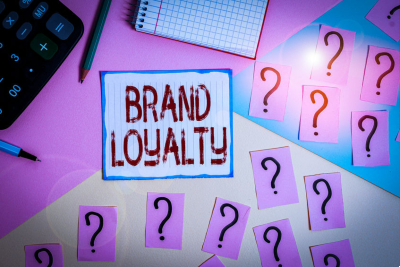Claims Substantiation
Do you have a superior product? Are you confident that your product will outperform a competitor if you were to place them head-to-head in a consumer preference test, or an industrial durability test? Or, conversely, has a competitor made a claim against your product that you feel is either inaccurate or unfair?
Research has shown that consumers pay attention to claims of product superiority when there is a meaningful difference. A claim of superiority over an existing brand, especially a product leader, can significantly increase sales and share of and new entrant. However, the risks of doing so are large if the appropriate research is not conducted to substantiate the claim. This is the area of claims substantiation and validation research.
What kind of claim do you want to make?
There are three primary types of claims.
One is a claim of product superiority, in which your product, or that of a competitor, boasts of superior performance on one or more measures that could be materially important in the category. For example, let’s assume that we have a new brand of ketchup that is preferred 2:1 over the category leader. You want to use that claim in your advertising and on your packaging. You will need an extremely well-designed product test, under strictly controlled conditions, to make such claim. We can also guarantee you that the attorneys at the competitor will challenge your claim, will demand to see the research used to validate the claim, and do their best to pick it apart. In addition, if you were to use that claim in advertising, broadcasters will want to see a copy of your research to know that you have done everything necessary to validate your claim.
The second type of claim is one of parity. In this situation, you are simply attempting to match the performance of an existing brand in the marketplace, and are making the claim that consumers could not detect a difference between your product or that of a competitor. This is especially useful if your brand is significantly less expensive than the leading brand, hence you could make a claim that consumers like your product just as much as the leading brand, but yours costs half the price.
The last type of claim is advertising puffery. The word “puffery” is considered thumping or puffing out one’s chest in a bragging sort of way. This type of claim generally needs no substantiation. For example, you can say something like “America’s favorite” without any substantiation, because it is considered advertising puffery and you are not making any comparison or a disparaging remark about any other products. As a rule, these types of claims have been allowed because they do not cause any significant damage and most companies are content to let these sorts of claims slide.
Considering a claim? Which one should you pursue?
If you are considering a claim of product superiority or an advertising claim, let’s have a conversation about what you need to know before you get started. A persuasive claim can significantly change your business, but it can also be risky if you do not follow the correct procedure.

